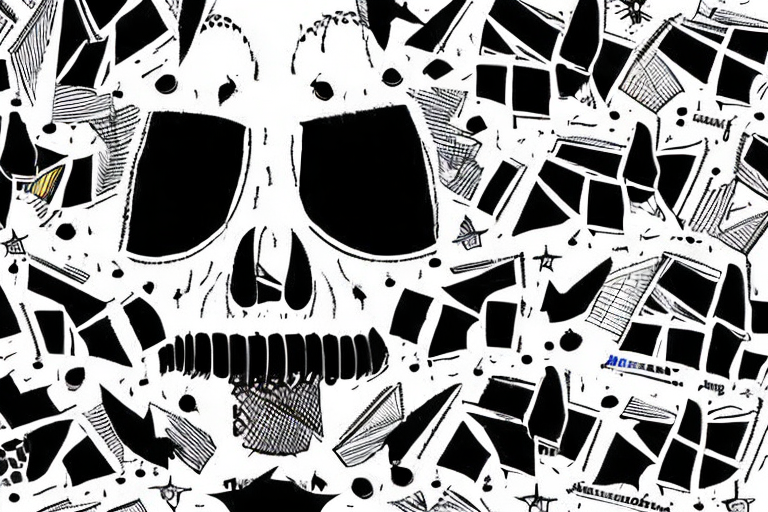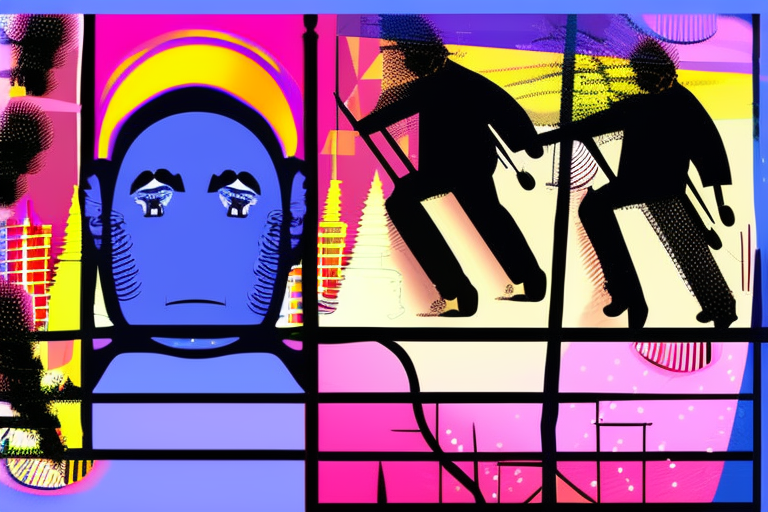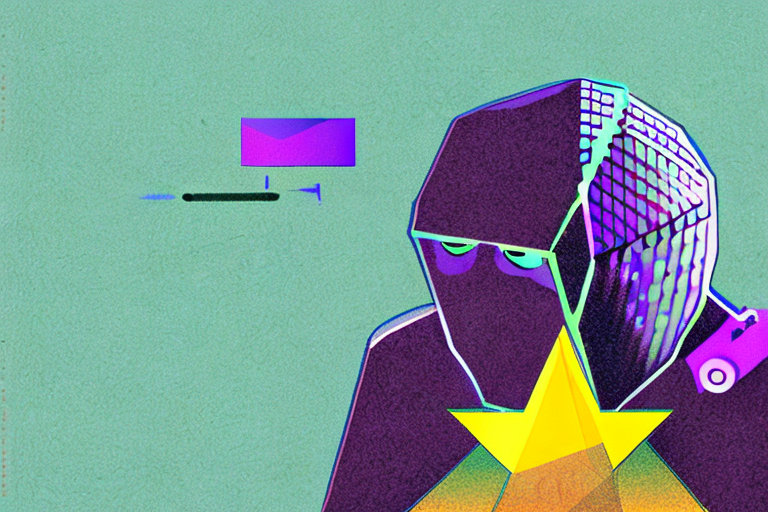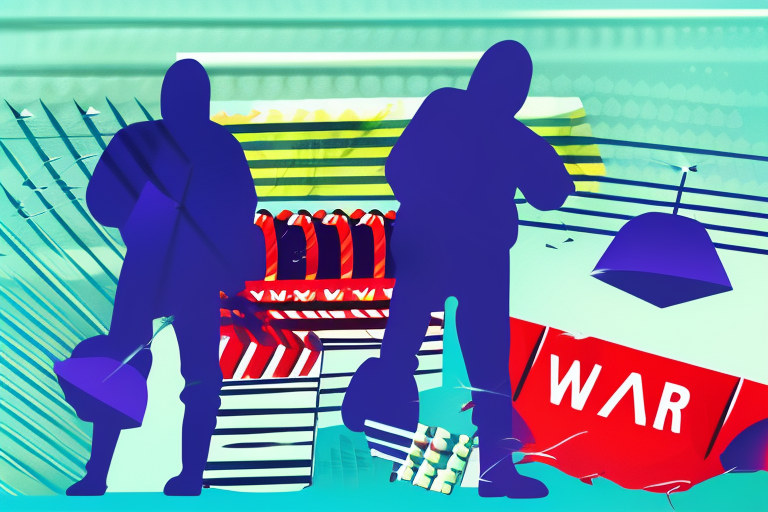The War on Drugs is a public health and criminal justice policy initiative launched in the 1970s by the US government aimed at reducing illegal drug use, trafficking, and distribution.
The initiative primarily targeted illicit drugs such as cocaine, heroin, and marijuana, and included increased law enforcement efforts, mandatory minimum sentences for drug offenses, and a focus on interdiction and international cooperation.
Subsequently, the US policy on psychoactive substances has spread to other countries. Including due to the active actions of the US authorities in foreign territories. Since the United States has become a “trendsetter” regarding the war on drugs, we will focus on the events in this country.
But governments and states have looked towards limiting the interaction of people and substances before.
Precursors

If we still focus on America, then according to the article “Beyond America’s War on Drugs…” authored by Andrew Golub and others, the following epochs and substances can be distinguished, on which restrictive efforts were directed:
- Colonial Period (before 1800) – mostly alcohol.
- Early Industrial Revolution (the early 1800s) – coffee.
- Industrial Revolution (the 1800s) – morphine, heroin, cocaine.
- Progressive Era (1890–1929) – opium, cocaine. Federal anti-drug legislation Harrison Narcotics Act of 1914.
- Modern Period & World War II (1930–1959) – amphetamines.
- Vietnam War & Youth Movement (1960–1979) – heroin, marijuana, LSD, PCP.
- Pharmacological Revolution (1980–Present) – alcohol, marijuana, heroin, crack, Valium, OxyContin, Prozac, Xanax, Ritalin, Adderall, Viagra, steroids.
The War

The modern War on Drugs, however, officially began with the Comprehensive Drug Abuse Prevention and Control Act of 1970 and was escalated under President Richard Nixon in 1971.
On July 14, 1969, President Nixon addressed Congress, characterizing drug abuse as a “pernicious national peril”. He noted a sharp increase in drug-related juvenile arrests and street crimes from 1960 to 1967 and advocated for a comprehensive anti-drug policy at both the state and federal levels.
In June 1971, Nixon proclaimed a “war on drugs”, and identified drug abuse as “public enemy number one”. In July 1973, he established the Drug Enforcement Administration (DEA) to consolidate the efforts of other agencies. And so it went.
In 1978, the Bureau of the U.S. Department of State for International Drug Affairs was established. In 1979, the United States signed an extradition agreement with Colombia.
1981-1989: President Ronald Reagan expands the war on drugs, emphasizing the importance of strict law enforcement and increased penalties for drug-related crimes.
In 1982, Panamanian leader Manuel Noriega allowed Pablo Escobar to transit cocaine through Panama, while in the US, Vice-President George H.W. Bush merged agents from different agencies and military branches to form the South Florida Drug Task Force, with Miami as the main entry point.
Crack, a cheap, potent, and addictive form of cocaine, was first developed in the early 80s and became popular in the New York region, wreaking havoc on inner-city neighborhoods.
In 1984, Nancy Reagan launched her “Just Say No” anti-drug campaign.
In 1985, Colombia extradited drug traffickers to the US for the first time, only to discover that the Medellin cartel had a “hit list” targeting embassy members, their families, US businessmen, and journalists.
The mid-1980s saw a shift in cocaine trafficking routes due to the efforts of the South Florida Drug Task Force, with the Mexican border becoming the major point of entry for cocaine entering the US.
In October 1986, Reagan signed the Anti-Drug Abuse Act of 1986, which allocated $1.7 billion to fight the drug war but also instituted mandatory minimum penalties for drug offenses. These penalties were widely criticized for promoting significant racial disparities in the prison population, due to the differences in sentencing for crack and powder cocaine, with possession of crack, which was cheaper, resulting in harsher sentences, affecting mostly lower-income individuals.
In May of 1987, following personal threats from drug traffickers, the members of the Colombian Supreme Court voted 13-12 to nullify the extradition treaty with the United States.
1989-1993: President George H.W. Bush launches a new initiative called “drug-free America,” which focuses on drug education and prevention.
In 1989, President H.W. Bush established the Office of National Drug Control Policy, appointing William Bennett as its first “drug czar”. Bennett sought to render drug abuse socially unacceptable. During the same year, Pablo Escobar, known for his “bribes or bullets” methodology, was listed by Forbes magazine as the world’s seventh-richest man.
In December of 1989, the United States initiated an invasion of Panama, leading to General Manuel Noriega’s surrender to the DEA in January of 1990. In 1992, Noriega was found guilty of eight counts of drug trafficking, money laundering, and racketeering, and sentenced to 40 years in prison.
In 1991, Colombia banned extradition through its newly established constitution, on the same day that Pablo Escobar surrendered to the police. Escobar was placed in a private, luxurious prison, though reports indicate that he traveled in and out with ease.
In July 1992, Colombian authorities attempted to transfer Escobar to another prison, but he escaped. In 1992, Mexican President Carlos Salinas de Gortari instituted regulations for DEA officers operating within his country, limiting the number of agents, denying them diplomatic immunity, prohibiting weapons, and designating specific cities in which they could reside.

1993-2001: President Bill Clinton expands the drug war, emphasizing a balanced approach that includes treatment and prevention programs alongside law enforcement efforts.
In November of 1993, President Clinton signed the North American Free Trade Agreement, increasing trade and transportation across the U.S.-Mexican border, making it more challenging for U.S. Customs to intercept narcotics.
In December of 1993, Pablo Escobar, who had been in hiding since mid-1992, was located by Colombian police using American technology that could identify his voice on a phone call and determine his location. He attempted to flee but was killed.
In April 1994, Dr. Lee P. Brown, the Director of the Office of National Drug Control Policy, signed the National Interdiction Command and Control Plan, which prompted the formation of three interagency task forces, located at JIATF East in Key West, Florida; JIATF South in Panama; and JIATF West in Alameda, California.
In May of 1995, the U.S. Sentencing Commission released a report which acknowledged the imbalanced racial disparities in sentences handed down for offenses related to cocaine and crack and recommended a reduction of the discrepancy. Regrettably, for the first time in history, the recommendation was overridden by Congress.
In August 2000, President Bill Clinton extended $1.3 billion in aid to Plan Colombia, a decisive initiative aimed at reducing the quantity of cocaine produced in the nation. This aid provided support for the aerial application of toxic herbicides onto coca crops, and also funded the acquisition of combat helicopters and the training of Colombian military forces.

2001-2009: President George W. Bush declares a national emergency on drugs, emphasizing a focus on interdiction and international cooperation.
February 2003 saw the capture of three American contractors, who had been contracted by the Pentagon to assist with Colombia’s anti-drug efforts, by guerrilla fighters after their surveillance plane crashed. In April of the same year, the Illicit Drug Anti-Proliferation Act was enacted, with the goal of mitigating the proliferation of ecstasy, predatory drugs, and methamphetamine.
In 2004, the DEA, in collaboration with the State Department and the Department of Defense, announced its involvement in the U.S. Embassy Kabul Counternarcotics Implementation Plan, aimed at lowering the production of heroin in Afghanistan, the leading global producer of opium.
In 2005, a study conducted by RAND Corporation revealed that the imposition of stricter drug trafficking regulations only yields short-lived results, persisting for a maximum of two years. The authors of the study came to the conclusion that, if the focus of funding since the 1980s had been primarily on therapy programs rather than the apprehension of petty drug dealers and drug users, the extent of drug abuse would have significantly declined.
January 2006 witnessed the announcement of the discovery of the longest cross-border tunnel in U.S. history, believed to have been constructed by a well-organized and well-financed drug-smuggling group. This half-mile-long tunnel linked a warehouse in Tijuana, where approximately two tons of marijuana were seized, to a warehouse in the United States, where 200 pounds of the drug were discovered.
2009-2017: President Barack Obama shifts the focus of the drug war toward treatment and rehabilitation, emphasizing the importance of addressing drug addiction as a public health issue.
Under the Obama administration, access to substitution therapy increased, leading to a rise in the number of Americans using therapy programs. In 2002, about 230,000 people utilized therapy programs, which rose to 356,000 by 2015.
2017-2021: President Donald Trump continues the emphasis on law enforcement and border security, with a particular focus on the opioid epidemic.
- In 2017, the U.S. government declared the opioid epidemic a public health emergency.
- 2018: U.S. Congress passed the SUPPORT for Patients and Communities Act to combat the opioid epidemic.
- 2019: The U.S. Drug Enforcement Administration (DEA) conducted the largest fentanyl bust in U.S. history.
- 2020: The COVID-19 pandemic caused a decrease in drug trafficking, but also led to an increase in drug abuse and overdose deaths.
Despite ongoing efforts to curb drug use and distribution, illegal drug use remains a significant public health issue. Some successes have been seen in the reduction of prescription drug abuse, increased access to addiction treatment, and development of new medications to treat addiction. However, the opioid epidemic continues to pose a major challenge, and the use of new and highly potent drugs, such as fentanyl, has increased. Additionally, drug use and overdose rates have not significantly decreased overall.
Recent years

Under President Biden, the direction of drug policy and the war on drugs has shifted again towards a more public health-oriented approach. President Biden has emphasized the need to address the opioid epidemic and other substance abuse issues as a public health crisis, rather than solely a criminal justice issue.
- 2021: The Biden administration announces a comprehensive national strategy to address drug addiction and the opioid epidemic.
- 2022: The U.S. DEA announces record seizures of illegal drugs, including methamphetamine and fentanyl.
Some of the key elements of President Biden’s drug policy include:
- Increased funding for treatment and recovery services: President Biden has proposed increasing funding for treatment and recovery services, with a focus on expanding access to care for those struggling with addiction.
- Expansion of Medicaid coverage: President Biden has proposed expanding Medicaid coverage to provide more comprehensive healthcare services for those affected by substance abuse.
- Investment in research and innovation: President Biden has proposed investing in research to better understand substance abuse and addiction and to develop new treatments and strategies for addressing the opioid epidemic.
- Addressing systemic inequalities: President Biden has emphasized the need to address the systemic inequalities that contribute to substance abuse and addiction, including poverty, racial disparities, and lack of access to health care.
- Decreased emphasis on law enforcement: President Biden has indicated a decreased emphasis on strict law enforcement measures, and instead a focus on addressing substance abuse as a public health issue.
2023: The United Nations launches a global campaign to raise awareness about the dangers of drug use and the importance of drug treatment and recovery.
Results for today. Some reflections

The scientific validity and effectiveness of the War on Drugs have been widely debated and criticized by researchers and policymakers. While the initiative aimed to reduce drug use and trafficking, numerous studies have shown that it has not had a significant impact on drug use rates, and may have had unintended consequences.
One major critique of the War on Drugs is its focus on criminalizing drug use, which has resulted in a disproportionate increase in arrests and incarceration, particularly among communities of color. This has led to overcrowding in prisons and a strain on the criminal justice system, without reducing drug use or addressing the root causes of addiction.
Studies have also shown that increased enforcement efforts, such as mandatory minimum sentences and aggressive policing tactics, have not effectively reduced drug use or trafficking. In fact, these efforts may have increased drug-related harm, such as the spread of infectious diseases, by driving people who use drugs underground and away from access to health services.
In conclusion, the scientific data suggests that the War on Drugs has had limited success in reducing drug use and addressing the negative consequences of drug use. A more effective approach would prioritize a public health-centered approach to drug policy.
At the very end, I want to quote the article by Jeffrey Miron & Erin Partin “Ending the War on Drugs Is an Essential Step Toward Racial Justice”:
An aggressive War on Drugs not only harms Americans but also generates substantial ripple effects that encourage violence and corruption in other countries. With drug markets driven underground, cartels frequently turn to violence to maintain or increase their control over highly profitable black-market sectors. Research finds that increasing enforcement tends to increase the level of cartel violence, indicating that a “tough on crime” approach is not the answer
(Castillo and Kronick 2020). Central and South American countries bear a huge burden from the US’s misguided policies, with Mexican authorities reporting
more than 34,500 homicides in 2019—many of them related to cartel activities (Congressional Research Service 2020). Afghan farmers have been caught in the crossfire of the War on Drugs, with the US military spending billions of dollars with little to no effect on the production of opium poppies (Whitlock 2019). Ending the prohibitionist approach to drugs will not only benefit drug users in the United States but reduce violence abroad as well.The history of the war on drugs is a history of oppression, with a broad range of undesired side effects. Anti-drug laws gained popularity as a tool to wield the power of government against marginalized groups, and they continue to function as such. Drug legalization is the only way to ensure that the disgraceful patterns of the past are broken and that racial minorities no longer face the disproportionate burden of shameful policies.
That’s all for today.
If you think that something needs to be added or corrected in this article, please do not hesitate to reach out to me. I am always open to dialogue.
I hope this article was helpful. If you would like to support the development of this blog, please consider the following actions:
- Subscribe to my social media accounts.
- Share a link to this article with your friends.
- Mention this blog on relevant resources or in chat groups.
Thank you for your time and attention 🏥




